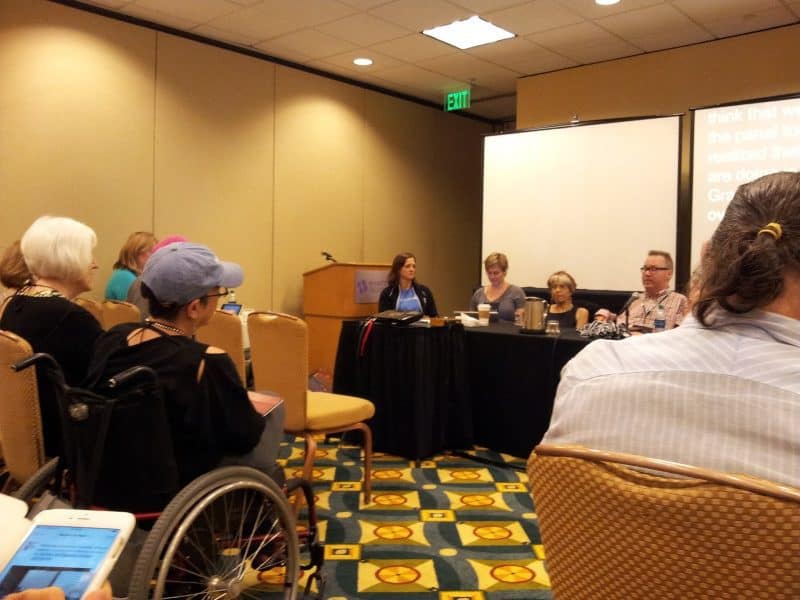My First SDS Conference

“Disability Arts on Display” panel at Society for Disability Studies Annual Meeting, June 10-13, 2015.
Disability as relationships as opposed to a medical versus social modelIf disability is framed; disability frames usDisability as transformation of “normal” bodyPrivileging disability vs. bridge building through disability in artAn original non-disabled body is non existent
1314 Locust St., Philadelphia, PA 19107
TEL 215-546-3181 FAX 215-546-5167
http://www.librarycompany.org

Leave a Reply
Want to join the discussion?Feel free to contribute!